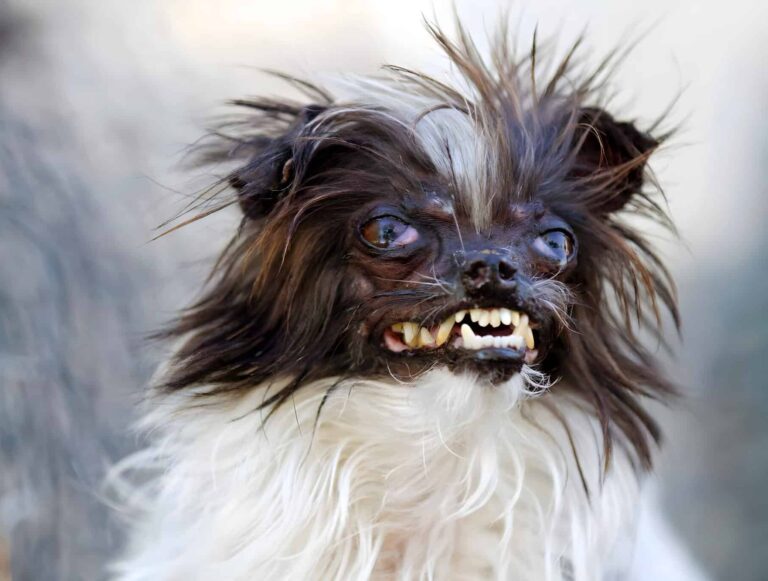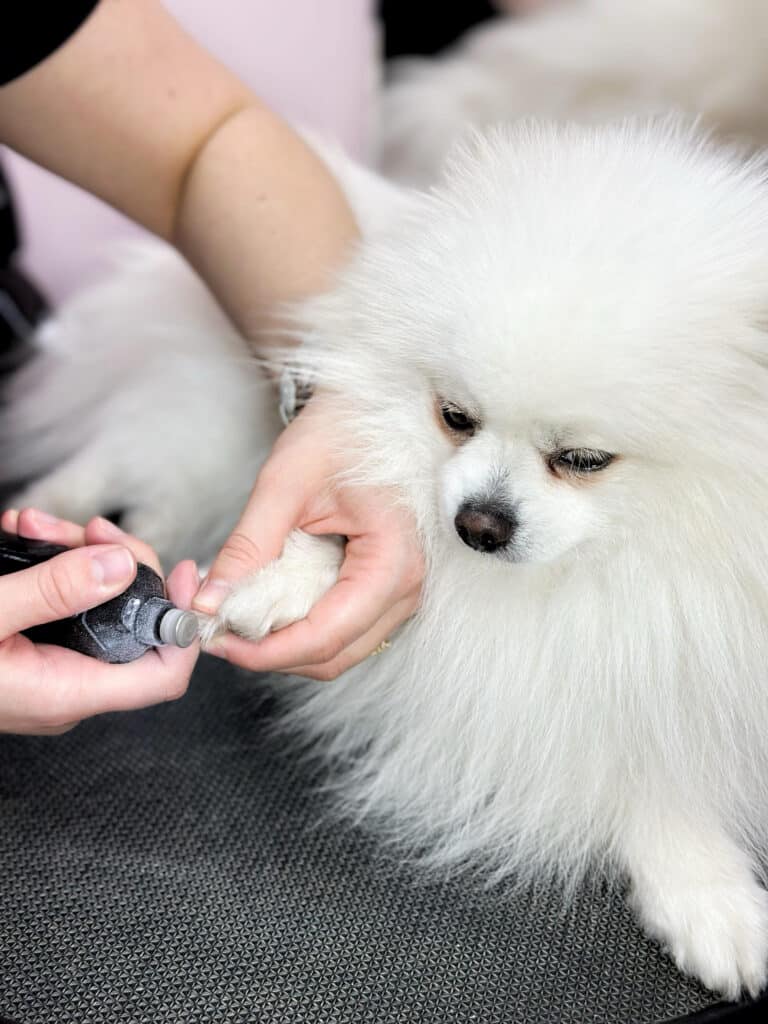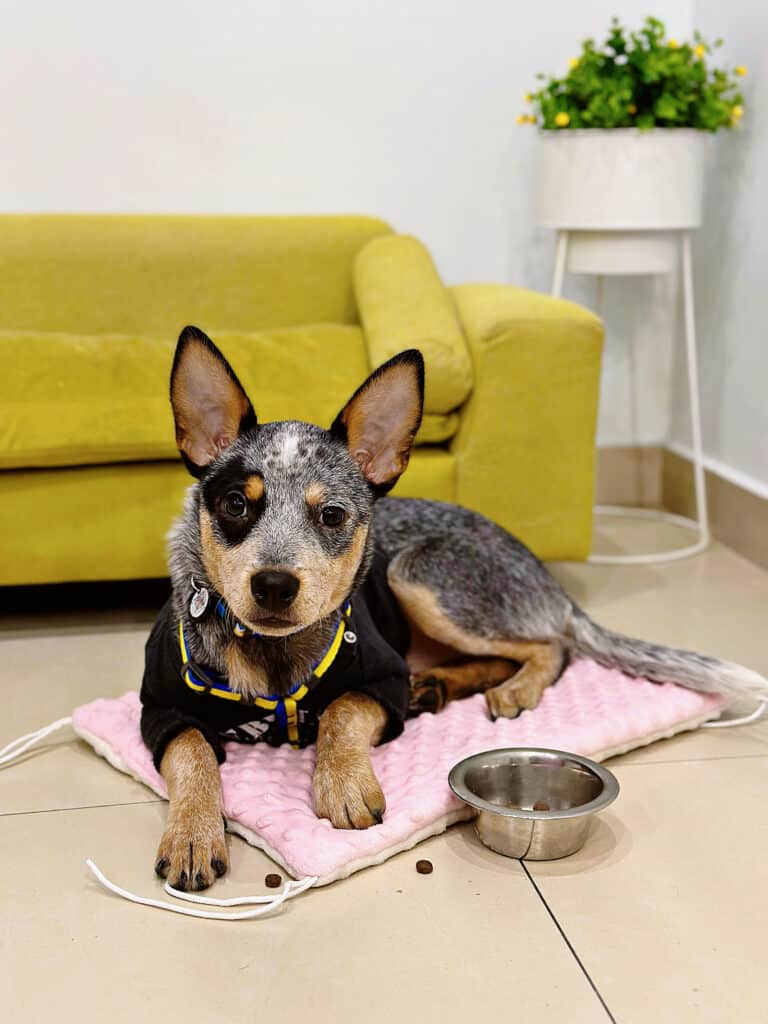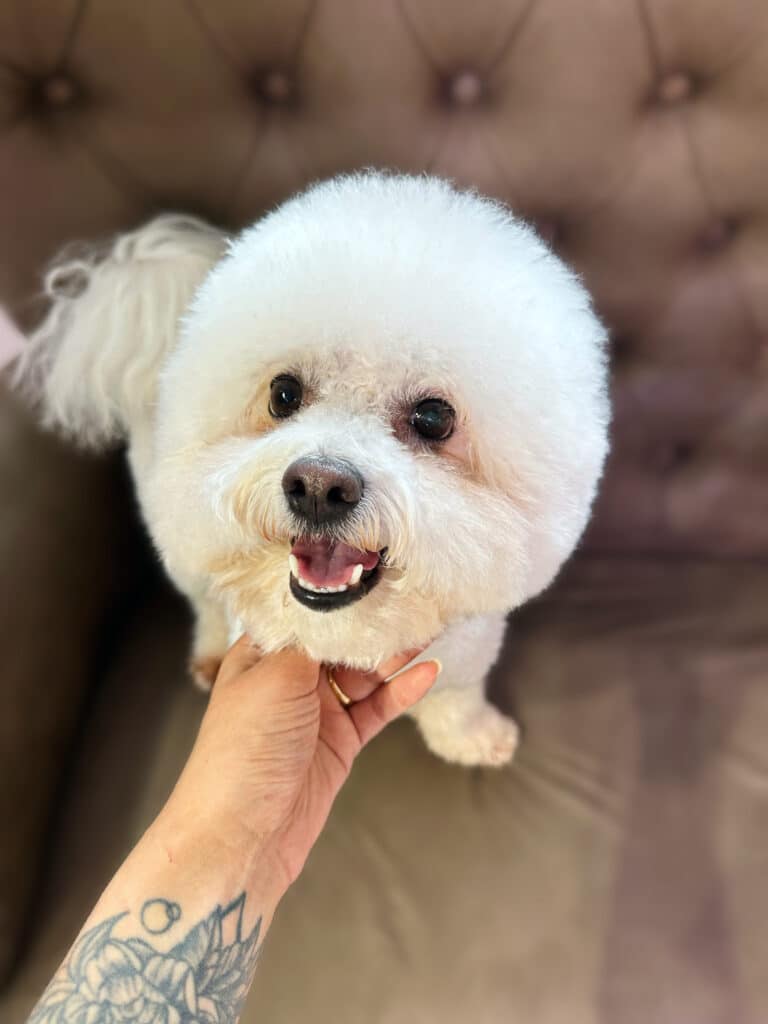We are all used to cute videos where the animal enjoys a bath during grooming, sleeps while the coat is drying, stands patiently during the entire haircut, and thanks the groomer with kisses after all procedures. But this is not always the case. Some animals behave aggressively and this can interfere with hygienic procedures. Such a reaction can be both to the entire grooming process and to its separate stages. For example, the animal does not allow its claws to be trimmed, even in the presence of the owner, the groomer cannot clean the ears without the risk of being bitten, clipping the muzzle due to fear of the sound of scissors becomes another test, and timidity or strong aggression to dry the wool does not allow to lay the wool and not to allow the occurrence of swallows.
Aggression during grooming can be caused by various factors and the animal’s reaction may depend on its character, experience and upbringing. So let’s look at the main causes of aggression and ways to solve this problem.
Causes of aggression in dogs
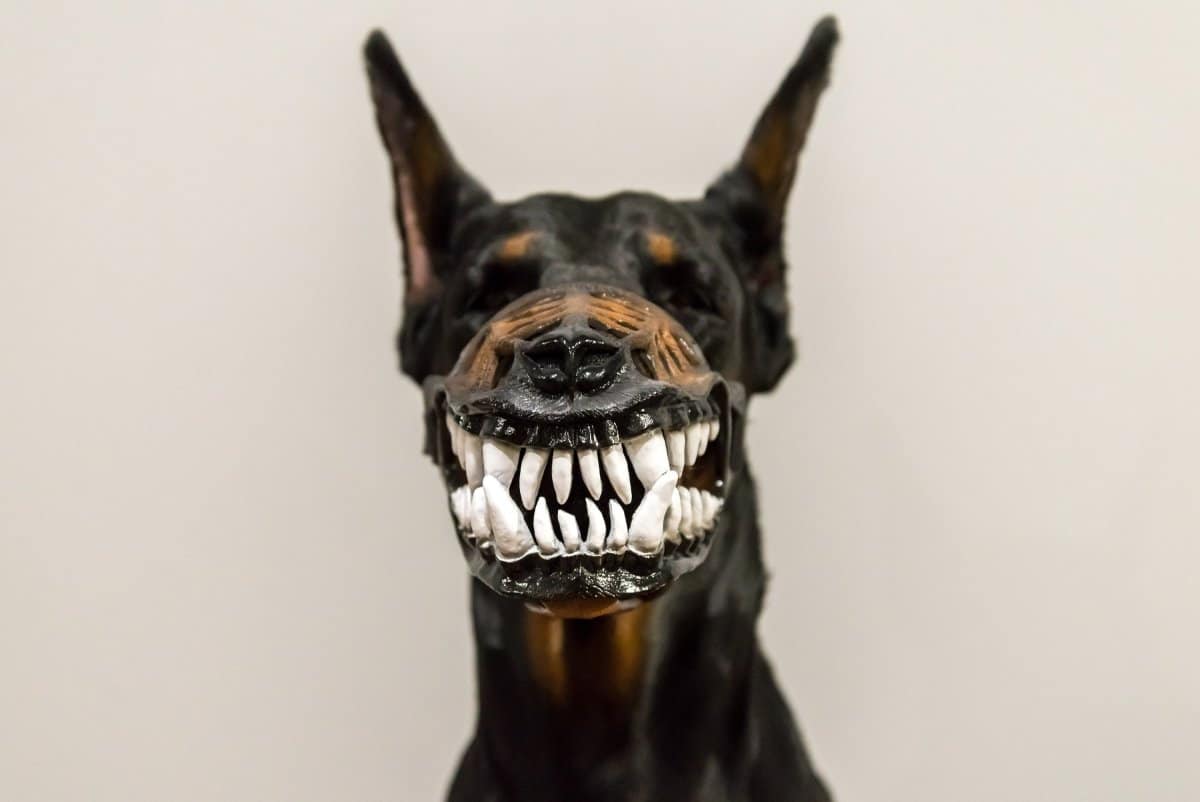
Fear and stress. During a haircut, dogs can react aggressively to stressful situations, such as a new environment, unusual sounds and smells in the grooming salon, etc.
Pain or illness. As a result of uncomfortable positions, too strong air flow during hair drying or other reasons related to grooming, the animal may feel pain or discomfort. In this case, it is important to make sure that the procedure is carried out carefully and painlessly. If the pain occurs for unknown reasons, it is necessary to rule out various diseases by contacting a veterinarian for an accurate diagnosis and treatment.
Dominant aggression. It is possible to cope with this aggression only with the help of education and systematic training. The owner must show the dog the hierarchy in the family without using violence. If this is not done, the dog will understand that he is the leader in this family and his character will be formed in a chaotic way.
Territoriality. If an animal feels in danger in a foreign environment, it can react with aggression, protecting its territory.
Previous negative experience. It can affect the dog’s behavior in the future, which can lead to aggression.
Features of cats
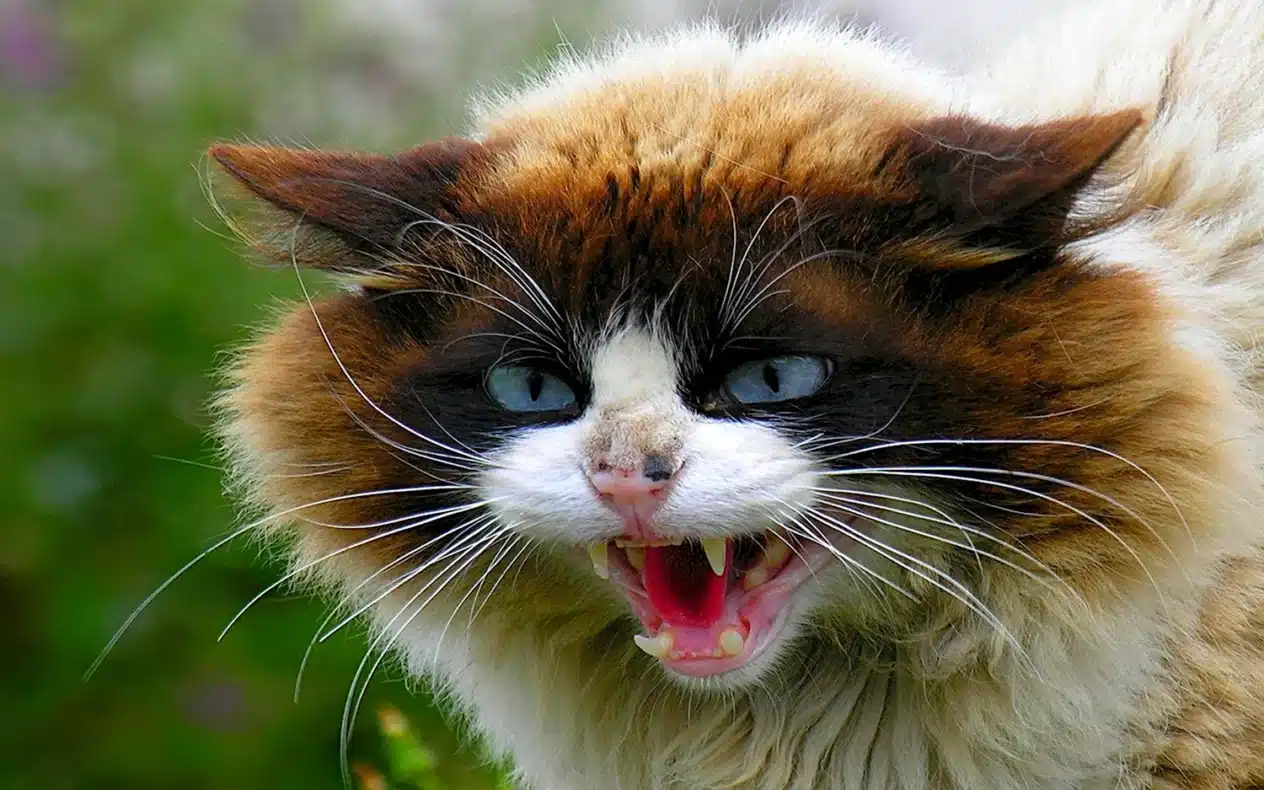
All the above causes of aggression for dogs, in addition to dominant aggression, are also relevant for grooming cats, but there are certain peculiarities. It should not be forgotten that a cat is a predator by nature. It is not typical for him to obey the leader, he lacks a sense of the pack, where the authority of force and power is undeniable. He does not obey commands, values his own territory and quite often behaves unpredictably. Grooming a cat is more difficult and more dangerous than grooming a dog. The speed of reaction in cats is very high, as well as the frequency of mood swings. The master must be extremely careful, because the process of cutting is complicated by the plasticity of the cat and its thin skin, which is very easy to injure if the cat is restless.
Aggression in dogs and cats during grooming can manifest itself in different ways and have different degrees of severity. Here are some typical symptoms of aggression that may occur: barking, howling or hissing; traumatizing the groomer with bites; running away or avoiding touch; trying to free oneself from restraints at the table or in the bathroom; muscle tension or refusal of any movements during procedures, increased activity. If you notice any of these symptoms in your pet during grooming, it is important to stop the procedure and try to calm him down.
What to do with aggression, how to deal with the negative consequences of such behavior and teach the animal to grooming?
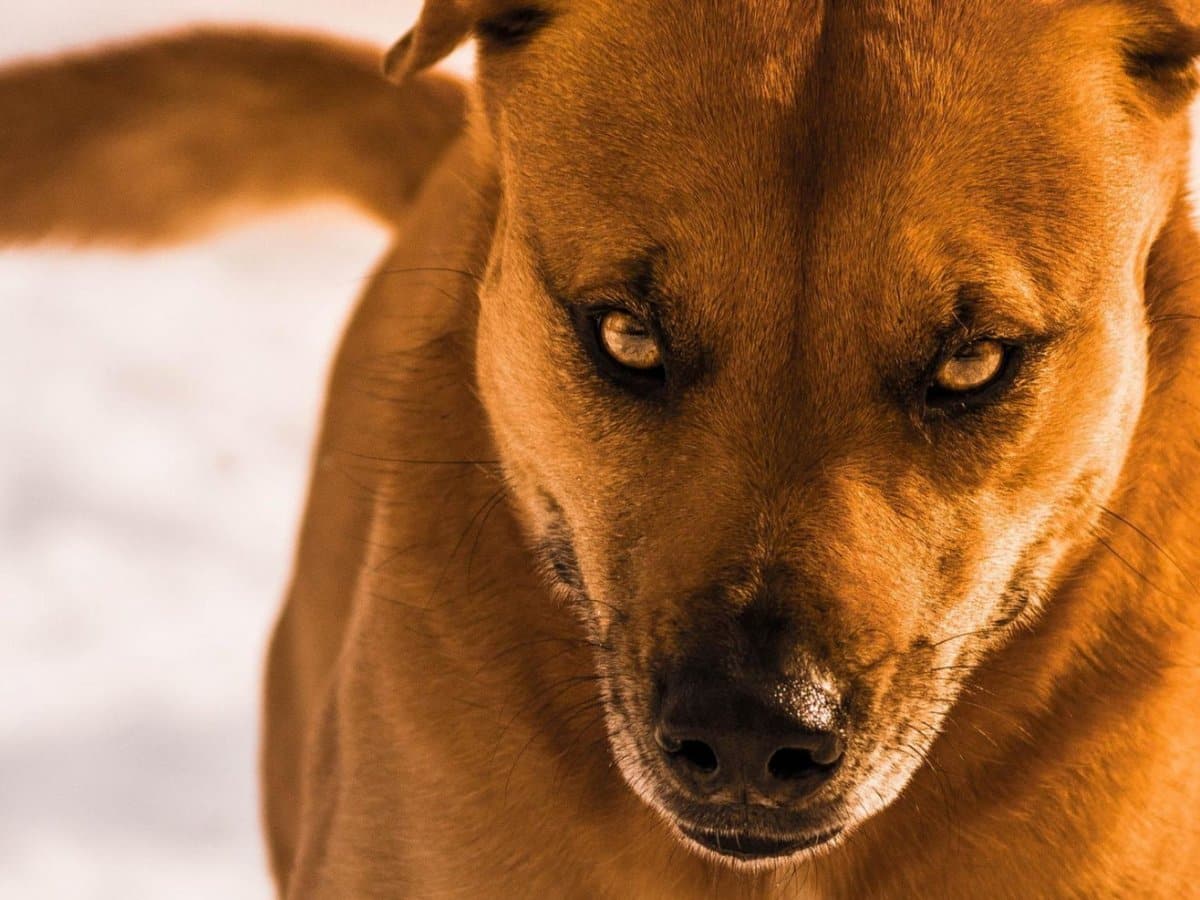
Tips from the specialists of the “V.O.G DOG” network of grooming salons:
Positive reinforcement. Training is an important part of managing aggression. Positive reinforcement and training can help a pet establish positive behaviors and respond to commands. Use praise and treats to reinforce the positive effect of grooming.
Gradual acquaintance. Allow time to adapt to the new environment and grooming, starting with individual procedures and ending with a full complex. In our network, you can come for adaptive grooming, the purpose of which is to gradually get to know the tools, the groomer, and the environment.
Systematicity. Grooming should be systematic. Regular visits will help your pet get used to the process and feel comfortable.
Patience and calmness. Be patient and calm during visits to the salon. The animal feels your mood and can adopt it.
Professional help. In case of serious problems with aggression, it is recommended to consult a veterinarian. The doctor should check the state of health in order to rule out the cause of aggression due to illness. If a health problem isn’t the cause, your vet may recommend an animal behaviorist. He will be able to assess the situation, give advice and develop an individual plan for managing aggression.
Sedatives. It’s important to use sedatives that are specific to your pet and dose them correctly based on their size, weight, and medical history. Instead of using sedation, however, it’s best to use positive reinforcement, regular sessions with a dog handler, and gradual socialization.
Should you use sedatives when grooming?
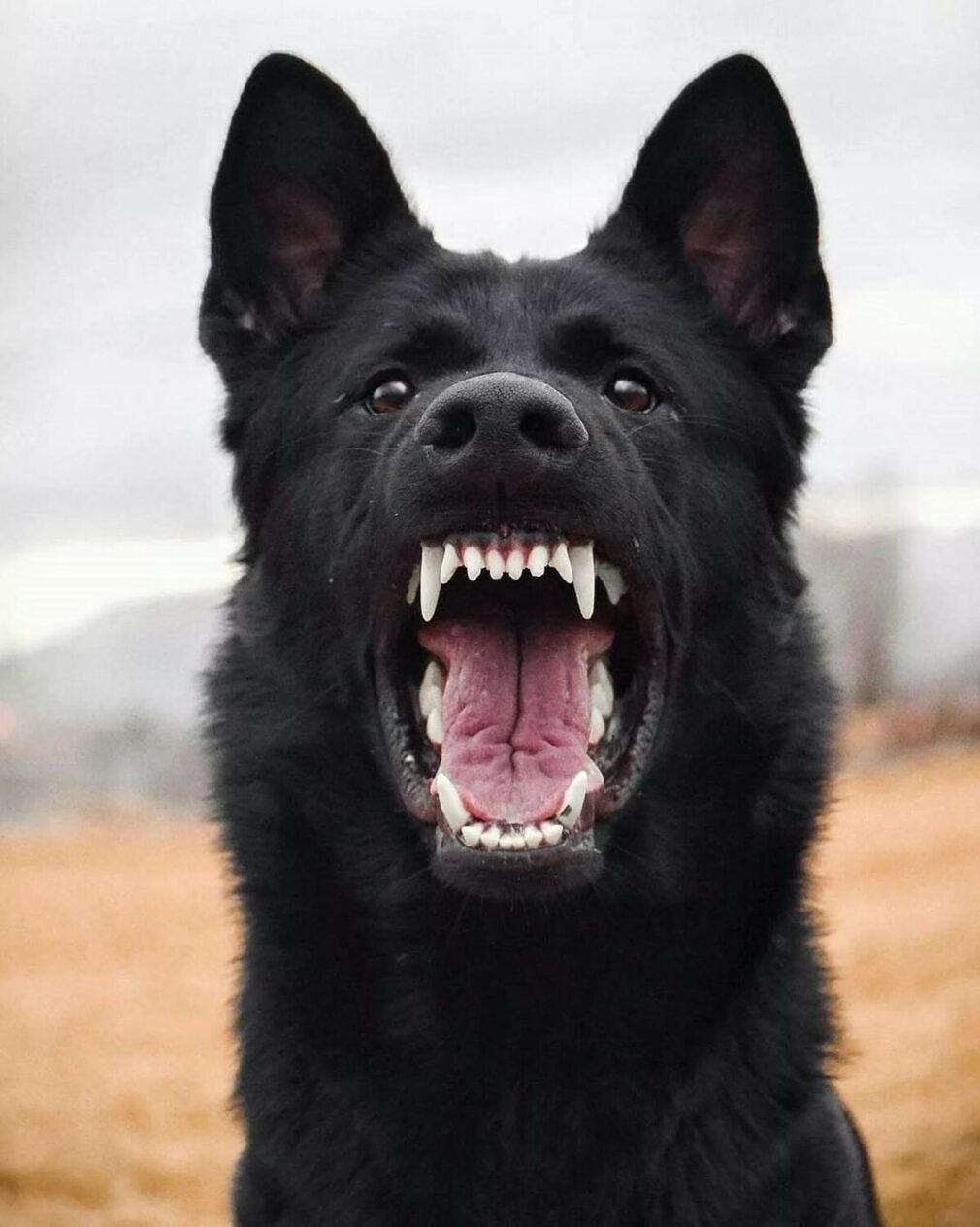
In the “V.O.G DOG” network of grooming salons, we do not use any sedatives, because their use requires appropriate qualifications and skills. Incorrect dosage or application can lead to serious problems with the animal’s health, so this issue is completely within the competence of the veterinarian. It should be noted that taking the above-mentioned means can lead to allergic reactions, decreased appetite, breathing problems and changes in the animal’s behavior by suppressing its nervous system.
Surcharge when working with aggressive animals
Our main goal is to ensure the safety and comfort of pets, clients and employees, therefore our specialists have the right to refuse to carry out procedures, as well as to pay extra for the aggressiveness of the animal. The surcharge is justified from the point of view of ensuring safety and reimbursement of expenses related to the treatment of the groomer. Here are some aspects to note:
- Injuries received by the groomer as a result of the animal’s aggressive behavior may require medical attention and treatment. This may include the cost of medical procedures and medications.
- If the injury prevents the groomer from performing his duties, there may be a loss of income. In this case, the supplement partially compensates for lost work time and income.
- Trauma can also have psychological effects such as stress, anxiety, fear or uncertainty about future incidents. The supplement may take this aspect into account and include compensation for emotional and psychological stress.
- Working with aggressive animals can be more difficult and potentially more dangerous for the groomer. In general, the additional charge for working with aggressive animals reflects the additional costs and risks associated with this work, and emphasizes the effort required of the groomer to ensure safe and effective grooming of such animals.
Refusing to provide grooming services when the animal is aggressive
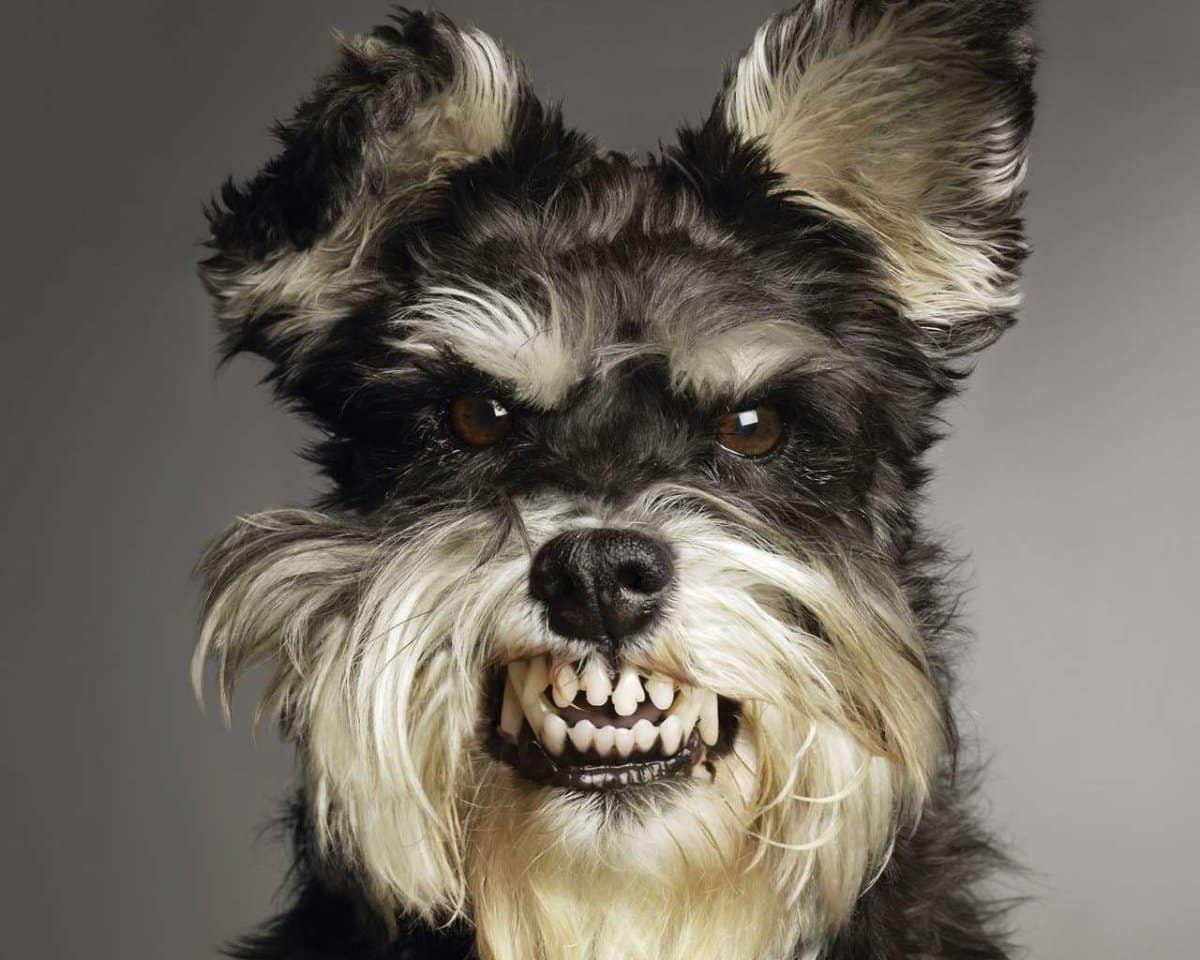
You may wonder: “Why, given the surcharge for aggressiveness, can the salon still refuse grooming?”. And we have an answer to this good question, because there can be several reasons for such a refusal:
Safety of the groomer and other animals: When working with an aggressive animal, the groomer can increase the risk of injury to himself, other animals, staff and professional equipment.
Impossibility of performing procedures. Aggressive behavior can make it difficult or even impossible to perform necessary grooming procedures, such as cutting, bathing or brushing teeth.
Stress for the animal. Groomers may refuse grooming to prevent stress and complications for the pet.
Hidden medical reasons. Aggression during grooming can be related to problems with the animal’s health, so the groomer can immediately refer the owners to the veterinarian.
It should be noted that any refusal by the groomer is usually focused on the caring attitude, safety and well-being of both the animal and the specialist.
Grooming aggressive cats and dogs
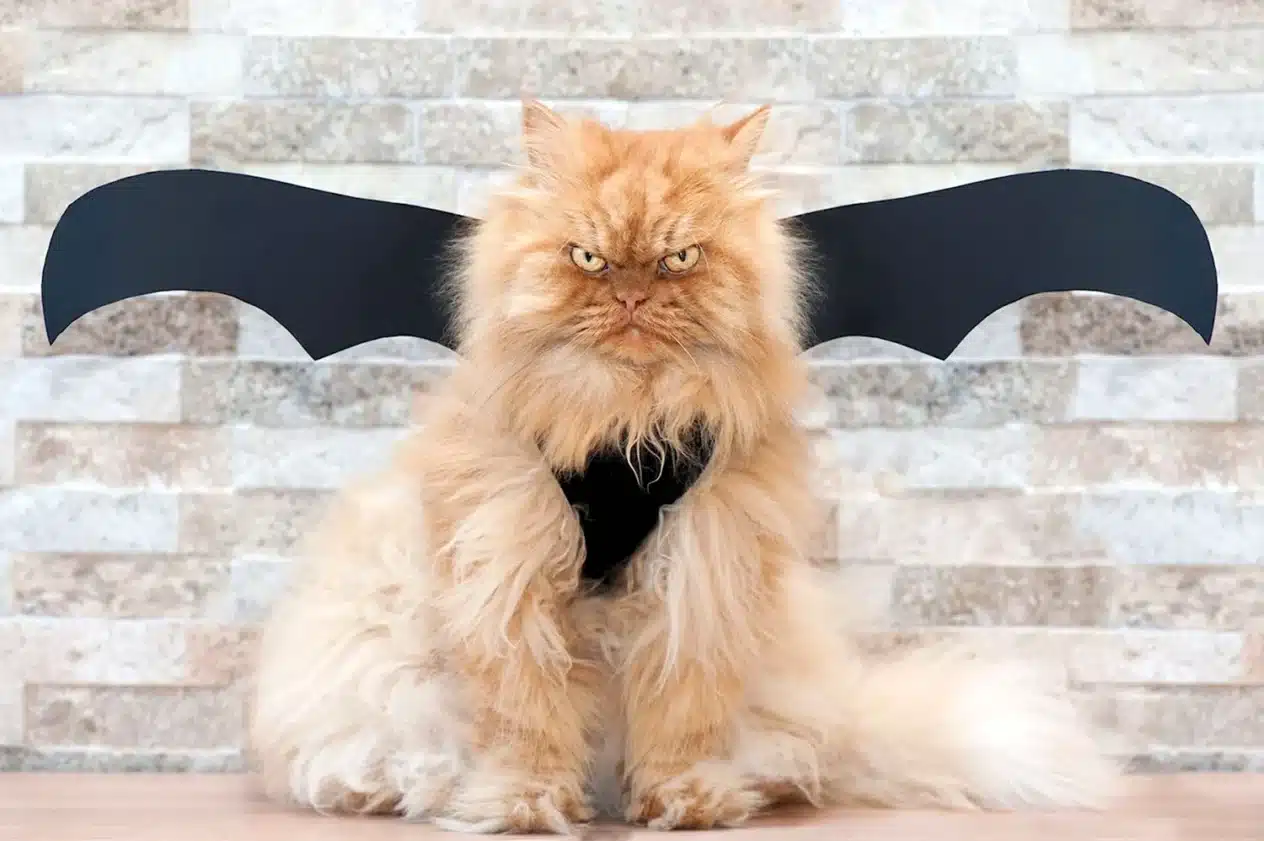
In summary, grooming aggressive dogs and cats can be a challenge for owners and groomers. If your pet shows aggression and does not allow hygiene procedures to be performed, this is no reason to leave grooming in the past. Rule out health problems at the vet, take a course with a dog trainer, do not encourage aggression, do not miss the opportunity to work with the Tail on his behavior using positive reinforcement with active games and treats, do not neglect early socialization and training, and then around you will grow up to be a true friend and protector.

